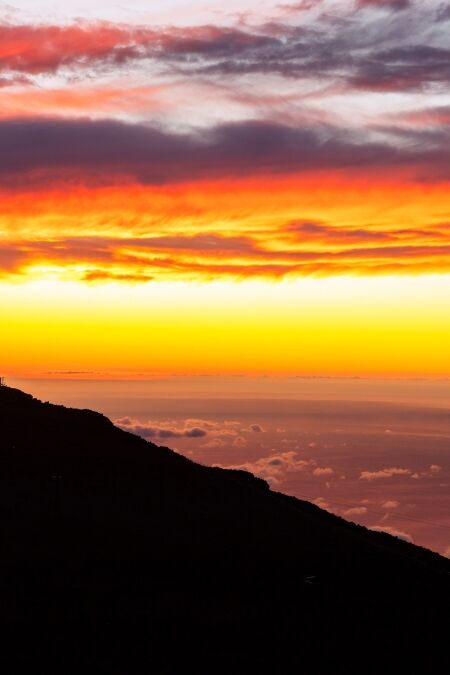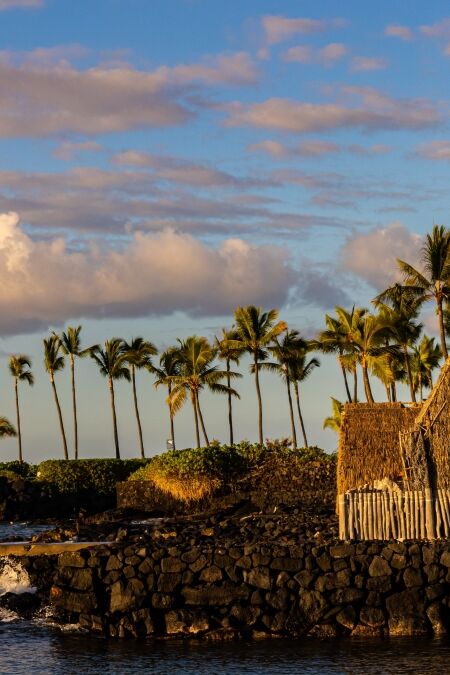The Ala Kahakai National Historic Trail is a 175-mile pathway that winds along the western coast of Hawaii’s Big Island, offering a journey through the rich cultural and historical landscape of ancient Hawaii. This trail, once a vital route for Native Hawaiians, connects sacred sites, ancient temples, and historic fishing villages, reflecting the deep connection between the land and its people. This article explores the trail’s significance, highlights its major attractions, and provides practical tips for visitors.
Highlights
- The trail offers breathtaking views of Hawaii’s pristine coastline, with plenty of opportunities for photography and nature appreciation along the way.
- This historic trail connects numerous ancient Hawaiian sites, including heiau (temples), fishponds, and petroglyphs, giving visitors a unique insight into the rich cultural heritage of the island.
- The trail passes through various ecosystems, offering the chance to see native Hawaiian wildlife, including sea turtles, monk seals, and a variety of seabirds.
- As you hike, you’ll encounter sites that tell the story of Hawaii’s past, from early settlements to historic fishing practices.
History
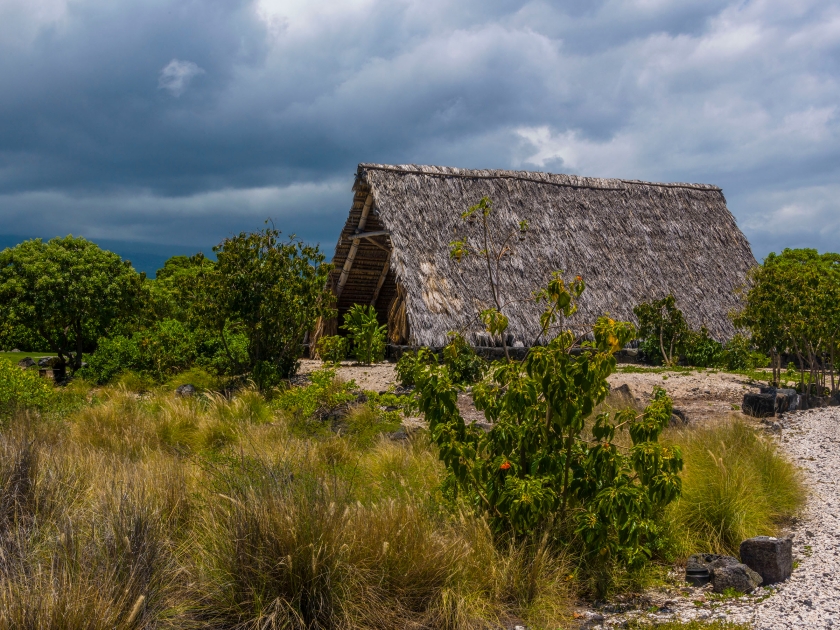
The Ala Kahakai National Historic Trail, meaning “Trail by the Sea” in Hawaiian, stretches across 175 miles along the island of Hawaii’s coastline. This extensive trail network is a blend of ancient, historic, and modern pathways that trace the island’s edge, offering a journey through time and nature.
Historical Significance
The origins of the Ala Kahakai Trail date back to ancient Hawaiian times when it was known as the “Ala Loa,” or the “Long Trail.” This trail was a crucial transportation route, facilitating the movement of people, goods, and information across the island. As you traverse the trail today, you walk in the footsteps of ancient Hawaiians, connecting with a rich cultural past. The trail also serves as a gateway to numerous culturally significant sites, including ancient fishing villages, sacred heiau (temples), and ahupua’a, which are traditional Hawaiian land divisions. These sites provide valuable insights into the traditions, beliefs, and daily lives of the Hawaiian people, making the trail a living museum of Hawaiian history.
Natural Beauty
Ala Kahakai is not just a historical trail; it’s also a showcase of Hawaii’s diverse and breathtaking landscapes. As you hike, you’ll encounter everything from rugged lava flows to pristine, sandy beaches. The trail offers panoramic views of the Pacific Ocean and the island’s volcanic features, making it a must-visit for nature lovers and photographers alike.
Establishment and Preservation
Recognizing its historical and cultural importance, Congress designated the Ala Kahakai National Historic Trail in 2000. This designation marked a significant step in preserving the trail’s legacy for future generations.
At Present
Today, the National Park Service manages the trail, ensuring the protection and preservation of its natural and cultural resources. Community-based organizations and descendants of Hawaiian families also contribute to these efforts, playing a vital role in maintaining the trail and sharing its stories with visitors. Through these combined efforts, the Ala Kahakai Trail remains a treasured link to Hawaii’s past and a beautiful pathway for exploring its present.
Trail Highlights
Pu'ukohola Heiau National Historic Site
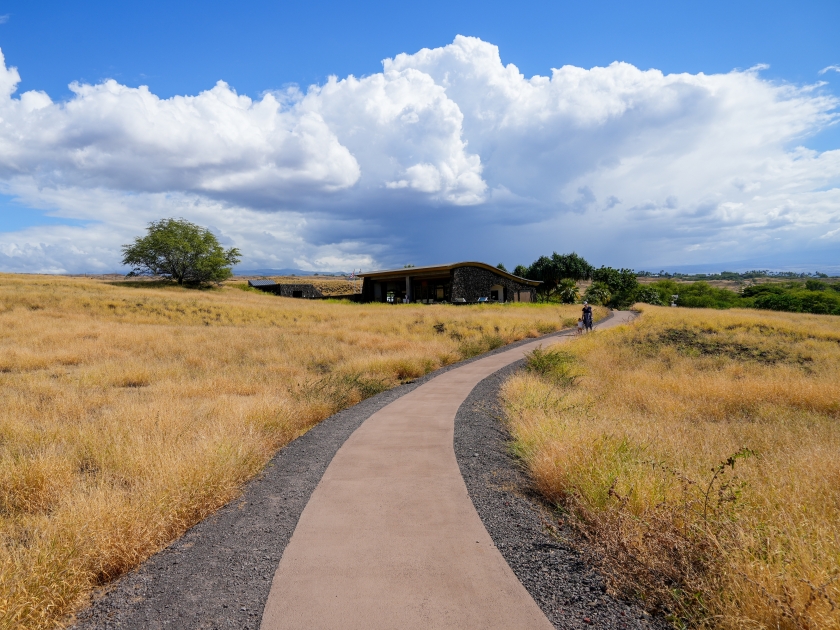
Pu’ukohola Heiau, a massive stone temple built by King Kamehameha I in the late 18th century, played a pivotal role in the unification of the Hawaiian Islands. Constructed as a tribute to the war god Kukailimoku, the heiau symbolizes Kamehameha’s determination to consolidate power and establish a unified kingdom. Today, it stands as a powerful reminder of Hawaii’s royal history and spiritual heritage.
Kaloko-Honokohau National Historical Park
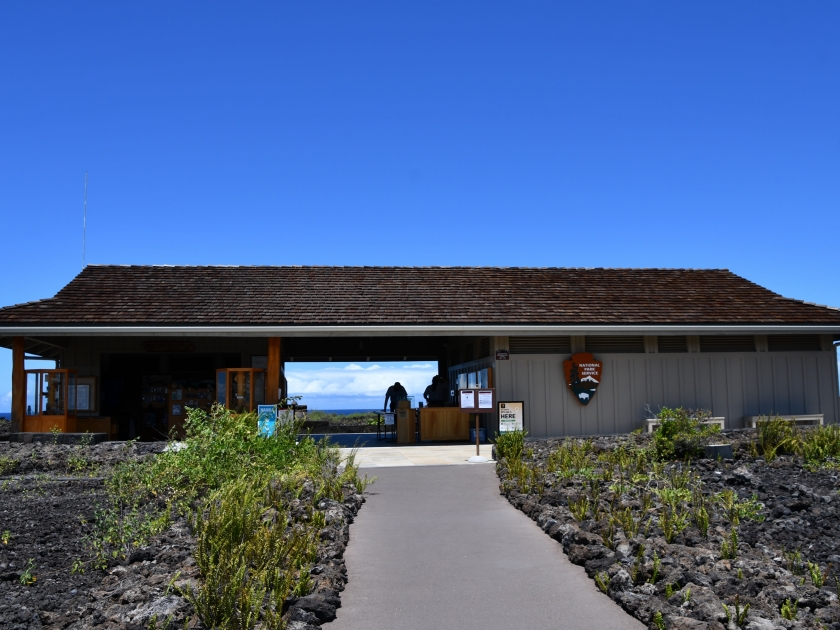
Kaloko-Honokohau National Historical Park preserves ancient Hawaiian cultural sites, including intricately designed fishponds and petroglyphs that tell the stories of the island’s early inhabitants. The park offers visitors a chance to explore the ingenuity of traditional Hawaiian aquaculture and the spiritual significance of these coastal landscapes, making it a key site for understanding Hawaii’s cultural legacy.
Pu'uhonua o Honaunau National Historical Park
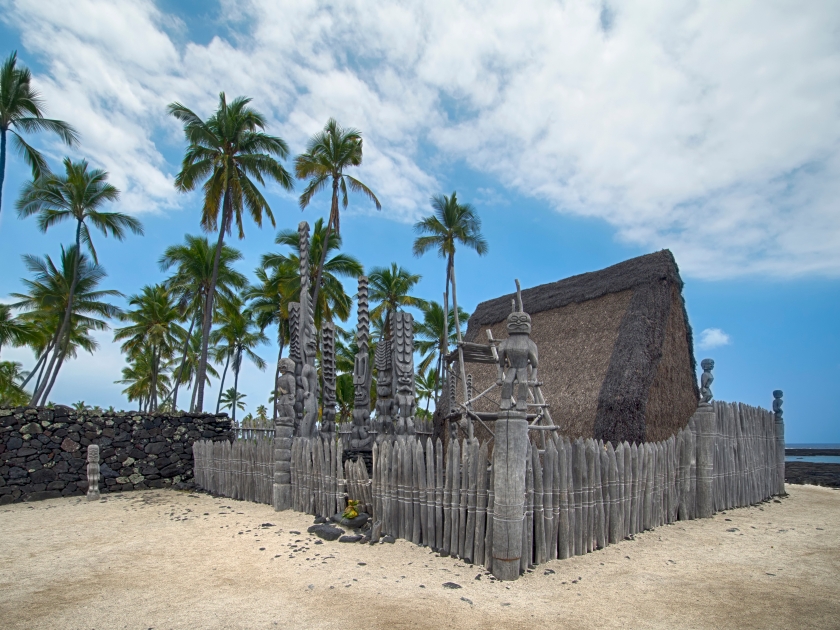
Pu’uhonua o Honaunau, known as the Place of Refuge, was a sacred site where ancient Hawaiians could seek sanctuary if they broke a kapu (taboo) or escaped from battle. The park provides a window into traditional Hawaiian law and culture, with cultural demonstrations that bring to life the practices and traditions of the time. The reconstructed temples and carved wooden statues add to the park’s rich historical atmosphere.
Kealakekua Bay State Historical Park
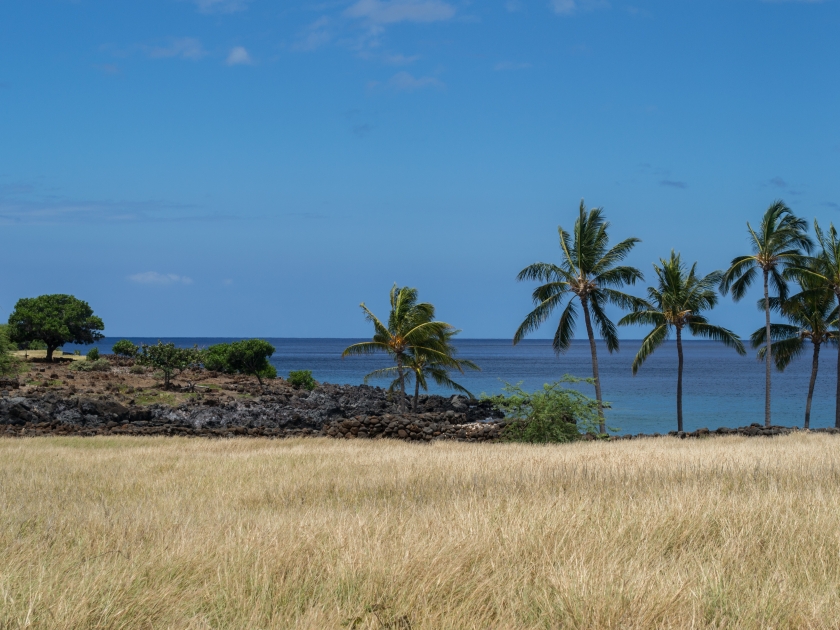
Kealakekua Bay is famous for its crystal-clear waters and historical significance as the landing site of Captain James Cook in 1779. The park is home to the Captain Cook monument, a key attraction for history enthusiasts. Beyond its historical allure, the bay is a premier snorkeling destination, offering vibrant coral reefs and abundant marine life, making it a must-visit spot for both history buffs and nature lovers.
Kiholo Bay
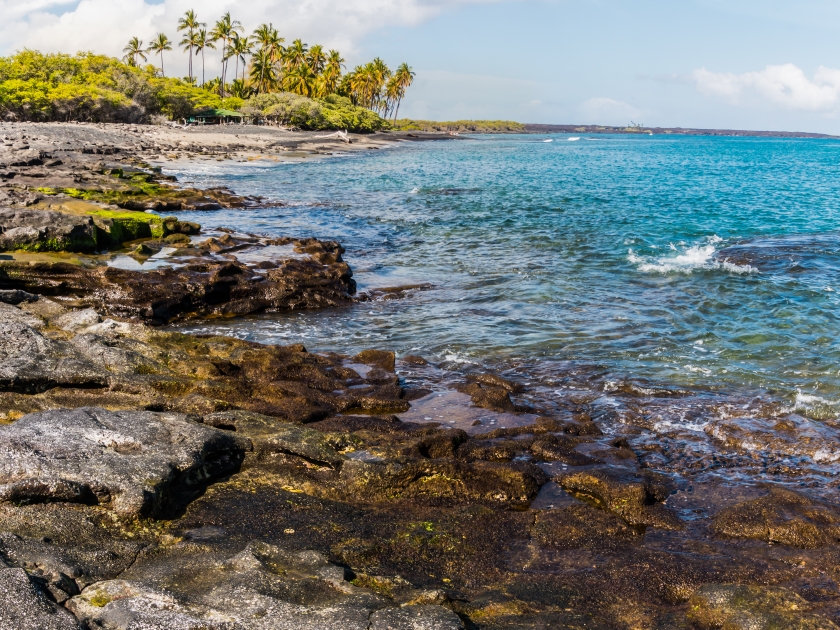
Kiholo Bay is a hidden gem on the Big Island, known for its stunning turquoise waters and tranquil atmosphere. The bay’s mix of black lava rocks and sandy shores creates a picturesque setting, perfect for a peaceful escape. Kiholo Bay is also an important habitat for green sea turtles, which can often be seen basking on the beach or swimming in the shallow waters, adding to the bay’s natural charm and ecological significance.
Trail Sections and Accessibility
For beginners and families, the sections near Kaloko-Honokohau and Pu’uhonua o Honaunau are ideal, featuring well-marked coastal paths with gentle terrain and easy access to trailheads and parking areas. More experienced hikers might venture into the rugged stretches that traverse lava fields and sandy beaches, such as those near Kiholo Bay, where the terrain becomes more challenging but rewards with stunning views and secluded spots. Throughout the trail, accessibility varies, with some areas offering paved paths and boardwalks suitable for all ages, while others require more stamina and preparation due to uneven and rocky terrain.
Flora and Fauna
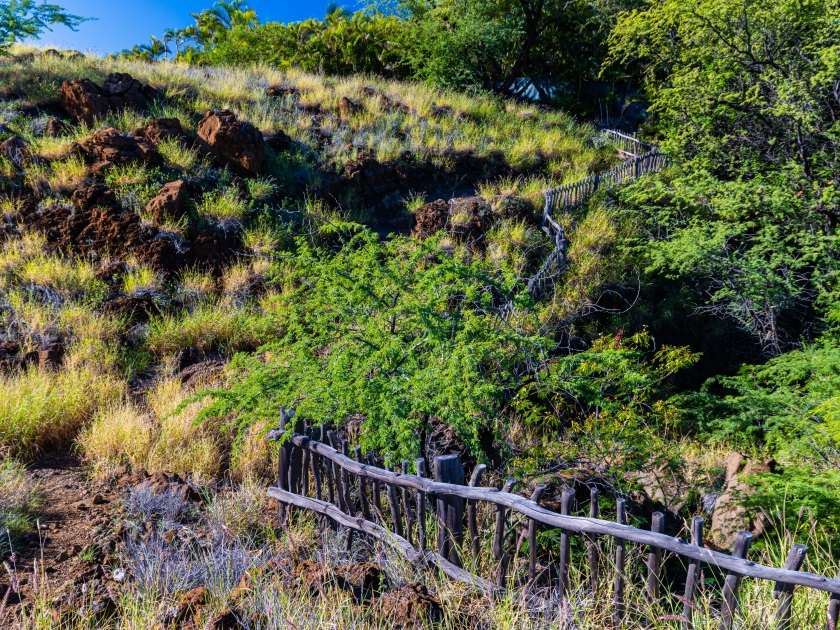
Along the Ala Kahakai National Historic Trail, hikers encounter a diverse array of unique flora and fauna, including native Hawaiian plants like naupaka and coastal shrubs, as well as wildlife such as the Hawaiian monk seal and green sea turtles. The trail offers a glimpse into the island’s rich biodiversity, with various sections showcasing different ecosystems. Conservation efforts are in place to protect these native species, particularly the fragile coastal habitats. The best times to view specific plants in bloom or catch sightings of wildlife are during the spring and early summer months when the natural beauty of the trail is at its peak.
Cultural Practices and Etiquette
Visitors should follow guidelines such as staying on marked paths, avoiding the disturbance of ancient structures, and refraining from taking anything from the sites. Minimizing environmental impact by carrying out all trash and using designated rest areas helps preserve the trail’s natural and cultural integrity. Learning about Hawaiian culture before visiting not only enhances the experience but also fosters a deeper understanding and appreciation of the significance of the places you encounter along the way.
Practical Information
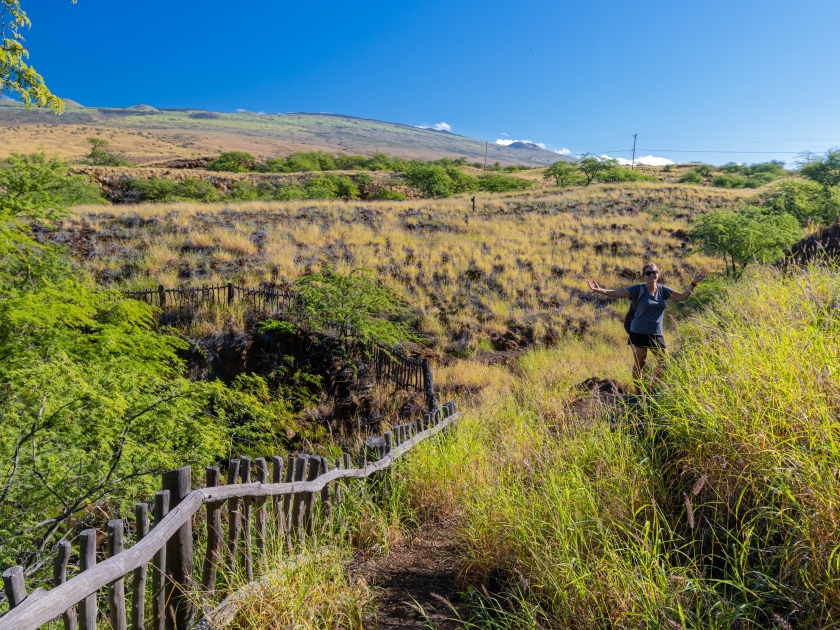
While many sections of the trail are accessible without a permit, certain areas, particularly those within protected parks like Pu’uhonua o Honaunau or Kaloko-Honokohau, may require entry fees or permits for camping and extended stays. Permits can typically be obtained online through the National Park Service website or at visitor centers located near key trailheads. It’s crucial to check the latest guidelines before your visit to ensure a smooth and compliant experience.
Tips for Visiting
- Check trail conditions and weather forecasts before heading out.
- Obtain necessary permits for specific sections, especially if planning to camp.
- Bring plenty of water, sunscreen, and snacks.
- Wear sturdy footwear suitable for uneven terrain.
- Carry a map or GPS device to stay on track.
- Stay on marked trails to protect sacred areas and wildlife.
- Refrain from disturbing or removing any natural or cultural artifacts.
- Hike with a buddy or inform someone of your itinerary.
- Be aware of your surroundings, including tide changes and wildlife.
- Pack out all trash and leave the trail as you found it.
- Avoid using single-use plastics to minimize environmental impact.
- Respect wildlife by observing from a distance and not feeding animals.
Best Times to Visit
The best times to visit the Ala Kahakai National Historic Trail are during the cooler, drier months from November to April. During this period, the weather is more temperate, making hiking more comfortable and enjoyable. Additionally, this season offers the best opportunities for wildlife sightings, including humpback whales off the coast. Early morning or late afternoon hikes are ideal to avoid the midday heat and to experience the trail’s stunning sunrises or sunsets, which add a magical touch to the journey.
Suggested Itineraries Based on Time Available
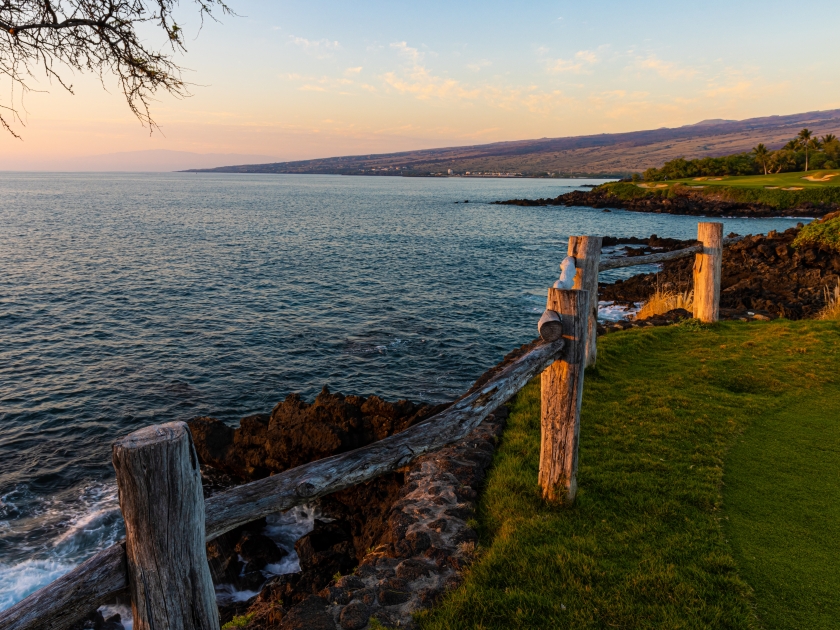
Half-Day Itinerary
- Explore the Kaloko-Honokohau National Historical Park.
- Visit the ancient fishponds and petroglyphs.
- Enjoy a short coastal hike along the trail.
Full-Day Itinerary
- Start at Pu’ukohola Heiau National Historic Site.
- Hike along the trail to Pu’uhonua o Honaunau National Historical Park.
- Take time to explore both sites and enjoy a picnic lunch.
- End the day with a sunset view at Kiholo Bay.
Multi-Day Itinerary
- Day 1: Begin at Kaloko-Honokohau and hike to Kiholo Bay, with an overnight stay nearby.
- Day 2: Continue the trail to Pu’uhonua o Honaunau, exploring the place of refuge.
- Day 3: Hike to Kealakekua Bay, visit the Captain Cook monument, and enjoy snorkeling.
- Option to extend the hike to more remote sections of the trail for a deeper adventure.
Nearby Attractions, Dining, and Accommodations
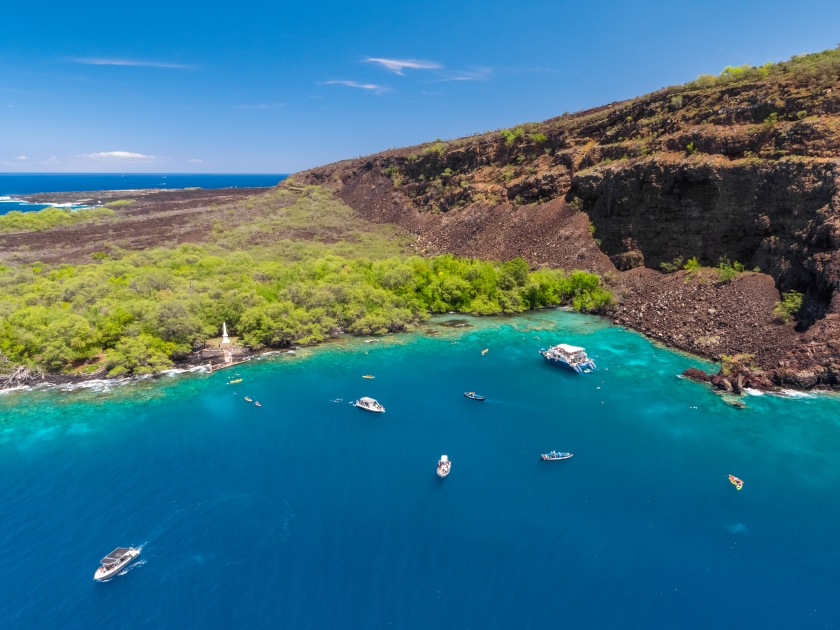
After exploring the Ala Kahakai National Historic Trail, visitors can extend their adventure by visiting nearby attractions like Kealakekua Bay or the Pu’uhonua o Honaunau National Historical Park. For accommodations, there are options to suit every traveler, from the charming Kane Plantation Guesthouse, a bed & breakfast offering a peaceful retreat, to the unique Dragonfly Ranch, known for its eco-friendly atmosphere. For those who prefer to camp, several campsites are available along the trail. When it comes to dining, local spots like South Kona Grindz and Kaaloa’s Super J’s offer authentic Hawaiian cuisine, where you can savor traditional dishes like laulau and kalua pork, making your visit a truly immersive experience.
Frequently Asked Questions (FAQs)
The trail stretches from ‘Upolu Point in North Kohala to Hawaii Volcanoes National Park, covering a significant portion of the Big Island’s coast.
Key highlights include ancient temples, petroglyph fields, coastal villages, and stunning ocean views that provide a glimpse into Hawaii’s cultural heritage.
The trail varies in difficulty, with sections suitable for casual walkers and others challenging enough for experienced hikers.
Yes, guided tours are available, offering insights into the historical significance and cultural heritage of the trail.
The trail is accessible year-round, although weather conditions can affect certain sections, so checking local conditions before visiting is advisable.
Certain sections of the trail are family-friendly, particularly the easier coastal paths that offer scenic views and educational opportunities for all ages.
How to Get There
By Car
To reach Ala Kahakai National Historic Trail by car, start by navigating to the Big Island of Hawaii. From Kailua-Kona, take Highway 19 (Queen Ka’ahumanu Highway) heading north. Look for signs directing you to the trailheads, such as those at Manini’owali Beach or Pu’ukohola Heiau National Historic Site. Parking is available at various access points along the trail, allowing you to start your hike with ease.
By Bus
If you prefer public transportation, the Hele-On Bus service provides access to different areas of the Big Island, including stops near the Ala Kahakai Trail. Check the current bus schedule for routes that facilitate your journey. You may need to take the bus to a nearby town or main road, then walk or get a taxi to the trailhead you wish to explore. Always confirm the bus frequency and plan to ensure a smooth trip.
Walk Through Time Where History Meets the Horizon
The Ala Kahakai National Historic Trail is more than just a path—it’s a journey through Hawaii’s rich tapestry of history, culture, and natural beauty. Whether you’re a history buff eager to uncover ancient stories, a hiker seeking the thrill of rugged landscapes, or a nature lover drawn to the island’s diverse ecosystems, this trail offers an experience like no other. Lace-up your boots, and let the Ala Kahakai guide you through a timeless adventure that will leave you in awe of the island’s enduring spirit.


